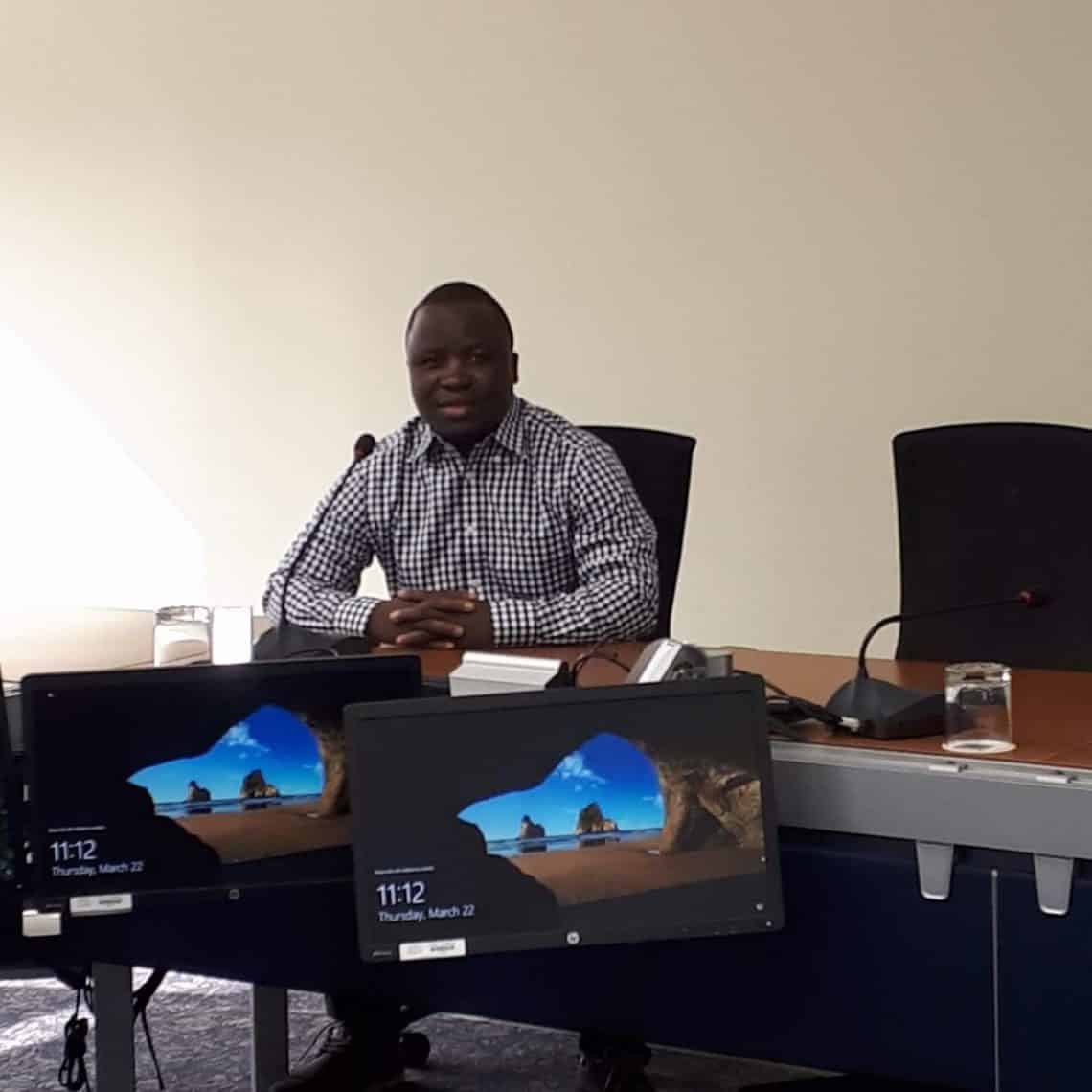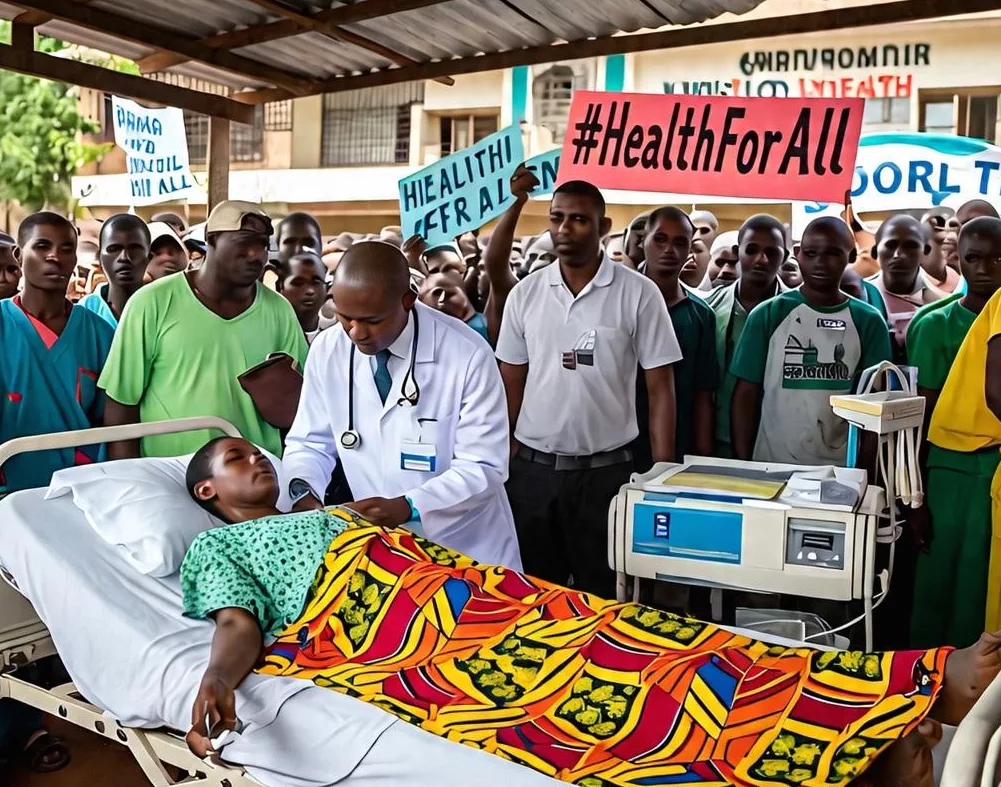By Elmond Bandauko
Public transport is a core part of our daily lives. It is an economic driver-linking commuters to employment opportunities and bringing potential customers to retail and commercial establishments. It impacts our health, as modes of urban transport affect the air we breathe; our safety when we walk, bike, and commute; and our physical fitness.
Transport is, in short, a fundamental part of life for most of the world. Too often those who utilise public transport on a daily basis are not brought into the decision-making process or consulted on its operation. This lack of participation may damage public use and endorsement of mass transport. The public can offer valuable insight on how a transport system should be designed. Including the public in the design process from the beginning and following through to solicit input during the operation stage, can help to build support for a project and avoid costly and time-consuming petitions of protest from the public.
Recognising this, the BRT team from the City of London has held hundreds of hours of consultation through stakeholder sessions and public workshops. Consultation with Londoners on rapid transit has been ongoing for nearly a decade, through some of the city’s largest-ever public engagement exercises, including SmartMoves 2030, the London Plan and the Rapid Transit Master Plan. By engaging thousands of local citizens and businesses, these exercises laid the groundwork for BRT as part of the vision to meet the city’s unique transit needs.
What is BRT?
BRT is a bus-based rapid transit system that mirrors many of the features of a light rail network such as similar service capacity, frequency and speed. The principle difference being flexibility and cost savings associated with using buses versus train. The implementation of a rapid transit system will not only result in significant improvement in London’s public transit system, it is a central component of London’s land use and transportation policy.
Rapid transit will help shape the city’s future pattern of growth, encourage intensification and regeneration, and stimulate economic growth for decades to come. Rapid transit corridors integrated with a strong conventional transit system, supportive land use planning policies and appropriate service coverage and frequency will facilitate more transit trips, reduce traffic volumes and make transit a faster, more reliable, convenient and comfortable transportation option in London.
However, there are many stakeholders with different interpretations and perspectives on BRT including the ordinary residents, the business community, interest groups, educational institutions and other stakeholders. This makes public consultation even more difficult under such conditions.
How did London engage the public on the BRT project?
Throughout the pre-planning period, consultation with stakeholders and individual property owners was vital. In December 2017 and January 2018, nearly 800 Londoners attended nine Public Information Centre sessions where the Project Team presented the various BRT design options to the public and gathered feedback. In February and March 2018, the Project Team re-connected with the public and stakeholders to share the recommended designs-and gather further feedback- during five Open House events across the city.
The consultation process identified public, stakeholders, property owners and Indigenous communities with an interest in the project and involved regulatory agencies. During the consultation sessions, Londoners had the chance to: review Council-approved BRT plans, ask questions and share ideas to help fine tune the designs, check out the route and submit comments online using a new BRT virtual map tool and give feedback on the Environmental Report, which includes details on the BRT project, and identifies potential impacts and the plans to address them. An interactive map allowed residents to drop pins along London’s BRT route to provide specific feedback and comments. Clicking on different parts of the BRT network map calls up specific infrastructure descriptions and proposed elements such as bus shelters or bike lanes.
To date, the BRT team has held hundreds of hours of consultation between public meetings and meetings with identified key stakeholder groups including Technical agencies Group, Municipal Advisory Group, Community Stakeholder Group, Emergency Services Group, property and business owners, plus visits to various community groups and associations. Despite the efforts on public consultation, the BRT project has faced many challenges largely because of the different and divergent interests involved.
Dealing with multiple interests: the challenge of engaging the public on complex infrastructure projects
Engaging the public on a large-scale project has not been without its own challenges. For one, all stakeholders are not alike. Most public consultations look to include all relevant stakeholders, but for large-scale infrastructure and transport projects, there can often be tensions between the “heavy” stakeholders involved in the project and the “end users,” the public. Stakeholders involved in the planning and financing process may have different interests from the commuters who ultimately use transport. It is incumbent upon the soliciting authority to weigh these inputs. Some public transit users think the debate over London’s $500 million Bus Rapid Transit system has too long been dominated by ‘special interest groups’ who don’t actually use public transit.
With close to 400,000 residents, London is at the size where debates over improving public transit are unavoidable, and Londoners have tossed around the idea of a rapid transit system for more than a decade before committing in earnest about four years ago, while London also authored its 20-year plan to tackle the city’s projected growth. By 2035, the city’s population is expected to grow 20 per cent, to more than 460,000. City documents said rapid transit would ease congestion in the city’s centre and help drive urban growth. But observers of the project, whether for or against, say poor communication on the part of city staffers and politicians thwarted their efforts to achieve wide-scale buy-in from the public.
But for anyone expecting blanket support, public reaction did not fall into line as expected. Downtown retailers loudly protested the route and the tunnel. Opponents expressed worries about negative impacts on businesses, the viability of tearing up some of the city’s busiest intersections, the price (estimated to be $880 million), and the potential for cost overruns. In 2017, the city abandoned the tunnel idea and proposed adjustments to the downtown portion of the east-west corridor, which had also come under fire by merchants. Some of the concerned residents had this to say,
“I don’t think enough people in London really know what’s happening. I’m hopeful that City Council will hear this and they will have more public consultation meetings so that people are actually aware of all the nuances and all the nuts and bolts of this Bus Rapid Transit program”
The City of London justifies BRT based on its potential to improve the efficiency of transit service. However, some Londoners seem opposed to the current BRT as they see it not supporting public transit. Some residents argue that BRT will ultimately destroy efficient and cost-effective public transportation. Londoners further state that the rapid transit plan in its current form would suck resources from conventional transit, leading to an overall deterioration in service (BRT Public Review Meeting, 2017). Residents also argue that the BRT will have differential economic benefits. They indicate that the land value uplift stated in the BRT plan would only benefit major developers since they largely own their land near BRT stations and transit villages. Small business owners highlight that BRT would be detrimental to their businesses as it would affect commuters’ access to their businesses (BRT Public Review Meeting, 2017).
Transportation experts have also criticized the BRT for its potential to disenfranchise other groups such as private vehicle users. One expert states that London needs a regional transportation rather than making improvements in transit service at the expense of private vehicle users, emerging vehicle and ride-sharing technologies and accelerates improvements for bicyclists and pedestrians
Londoners also stated that some social groups like the elderly and disabled would be negatively impacted. Commenting on this, one Londoner said;
“Since a rapid transit service does not stop at every block, people will have to walk farther to catch the bus. For older people and in the winter, when streets can be icy, this is an inconvenience…In addition, handicapped people will have to get to the middle of the road in their wheelchairs to board the bus, which is a major inconvenience and/or danger for them, and very difficult in winter” (BRT Public Review meeting, 2017).
The delicate issue of balancing a project’s need for urgency with its need for stakeholder buy-in is a challenge that can’t be ignored. Public consultation must be implemented at an early stage and factored into construction and planning timelines, so it does not unnecessarily delay implementation. That said, transparent, decentralized, open public consultations help to equalize the playing field and magnify the voice of the daily commuter.
About the author
Elmond Bandauko holds a Master of Public Administration (MPA) with specialisation in Local government from the University of Western Ontario (Canada) where he studied as an African Leaders of Tomorrow Scholar. He did his BSc. (Hons) in Rural and Urban Planning from the University of Zimbabwe. His interests include participatory policy making, policy innovation and policy diffusion, public management, program and policy evaluation, collaborative governance and the politics of urban development in cities of the global south. You can follow most of his work at httpss://www.researchgate.net/profile/Elmond_Bandauko






